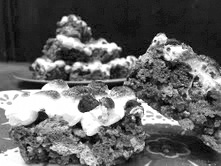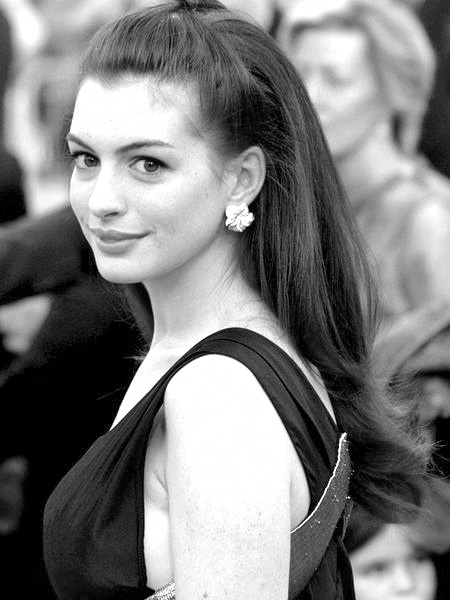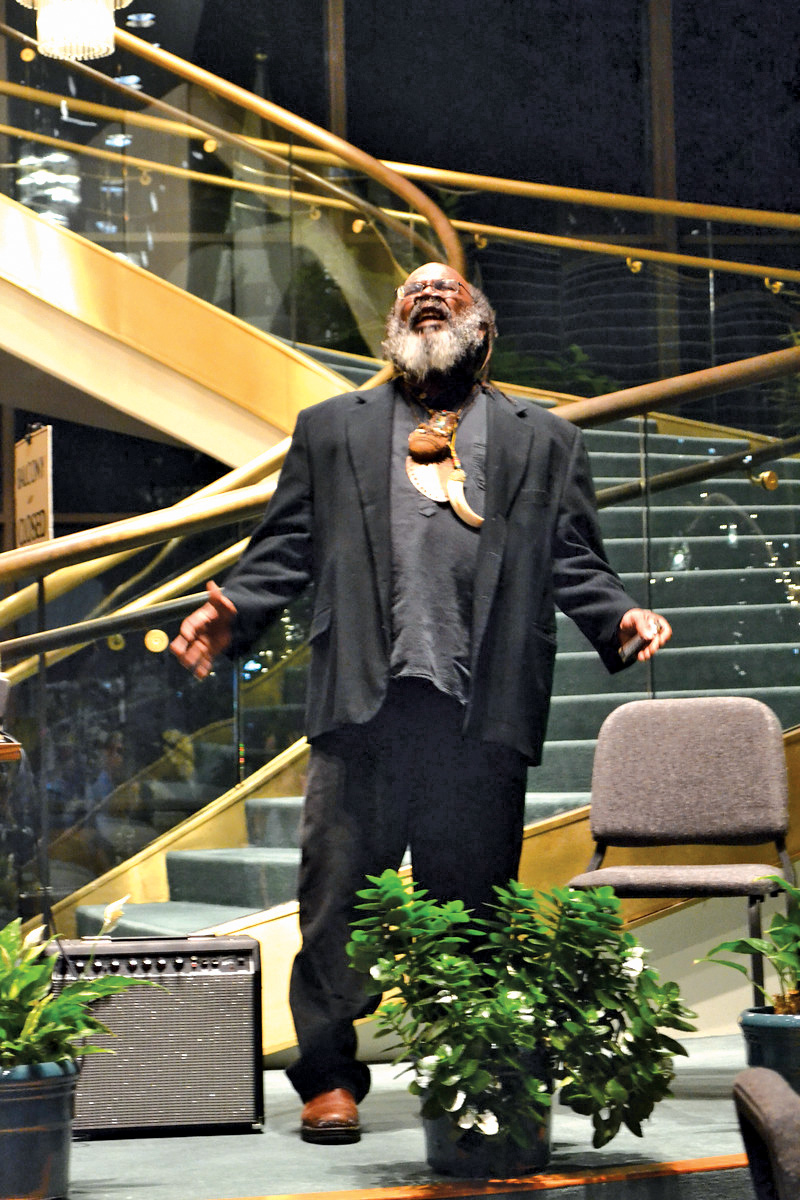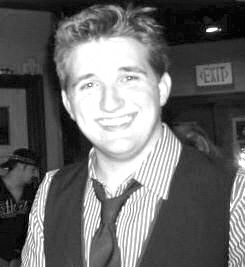







Amanda Ayers
Granada: Past, Present and Future
Having experienced so much already, it’s unbelievable to me that I’ve only been here one month! Buenos días de Granada is a city as rich and flavorful in heritage as the tapas its inhabitants prepare. As one of 18 University students in the Bucknell en España program, I am so incredibly grateful for this opportunity to travel the world, as well as the chance to delve a bit into my experience thus far.
I am living the life of a Granada University student, studying at the Centro de Lenguas Modernas (part of the Universidad de Granada) and immersing myself in the Spanish culture primarily through a host-family living arrangement. I live with a señora and her daughter, a professional flamenco dancer. In my opinion, this is the ideal setup; we have complete freedom but are absorbed in the Spanish lifestyle to a degree unattainable had we chosen to live with other American students. We eat authentic food on the Spanish schedule (lunch at 3 p.m., dinner at 9:30 or 10 p.m.), constantly converse in Spanish with locals (learning a lot of colloquialisms not taught in the classroom) and get tips that we otherwise wouldn’t concerning just about every aspect of life here.
Standing on just about any single street corner of Granada, you could glance around and witness the hybrid of Arabic, Jewish, Gypsy, modern and Christian cultures here. Granada was the last Spanish city occupied by the Moors until the Catholic Monarchs, Ferdinand and Isabella (“Los Reyes Católicos”), united the country and reconquered the city in 1492 (“La Reconquista”). For this reason, it is brimming with Arabic influence–the Alhambra, the Albaicín (market), téterias (tea shops), hookah bars, Arab baths, kebab stands and more–while simultaneously housing some of the most prominent Catholic cathedrals and churches. There are also numerous churches that were formerly mosques, or churches that were commissioned and built by Moors in the Arabic architectural style. Even the Alhambra, originally the palace and fortress of the Moorish rulers, was later occupied and expanded upon by Catholic Spanish kings.
Places are like people; it’s only until you consider what they have done and seen in the past that you can fully appreciate or understand them in their present form. Granada is no exception. Following the Reconquista, the Moors and Jews were either expelled or forced to convert to Christianity as part of the Catholic Monarchs’ effort to homogenize the country they had just unified. I learned the other day that the reason pork is revered so much in Spain is because eating it was a way to prove that you were a “good” Catholic during this time. Otherwise, it was known that you were keeping kosher and therefore not Christian. I am constantly fascinated by tidbits like this from the past that help to explain my experience in the present.
Another fact exemplary of this is that many Spanish words that we use today are derived from Arabic. A number of those that begin with “al”, like alfombra meaning rug and almohada meaning pillow, are Arabic in root and no doubt from the days of Moorish rule over Al Andalus, or what is now known as the region of Andalucia. The word “tapas” comes from the verb “tapar,” meaning “to cover.” In their early days, these small but savory portions of food were literally used to cover wine, protecting it from insects and the elements. It is one thing indulge in them every weekend; it’s another to understand and appreciate how they came to be.
I mentioned to my mom a couple of days ago that I feel as though every minute I spend here is worthwhile. We read an article in class that discussed the ability of travel to keep one’s senses perpetually heightened, and I couldn’t agree more. Everyday, I feel myself moving farther and farther away from simply articulating the necessary, and closer to fluid conversation. Everyday, I gain a broader global perspective and unique appreciation for what I have left behind at home. With every wrong turn, verb and bite, I am constantly learning and growing. Lacking a native’s instincts in every new place that I go, I am always on my toes and conscious of my every move and utterance–and I wouldn’t have it any other way.




